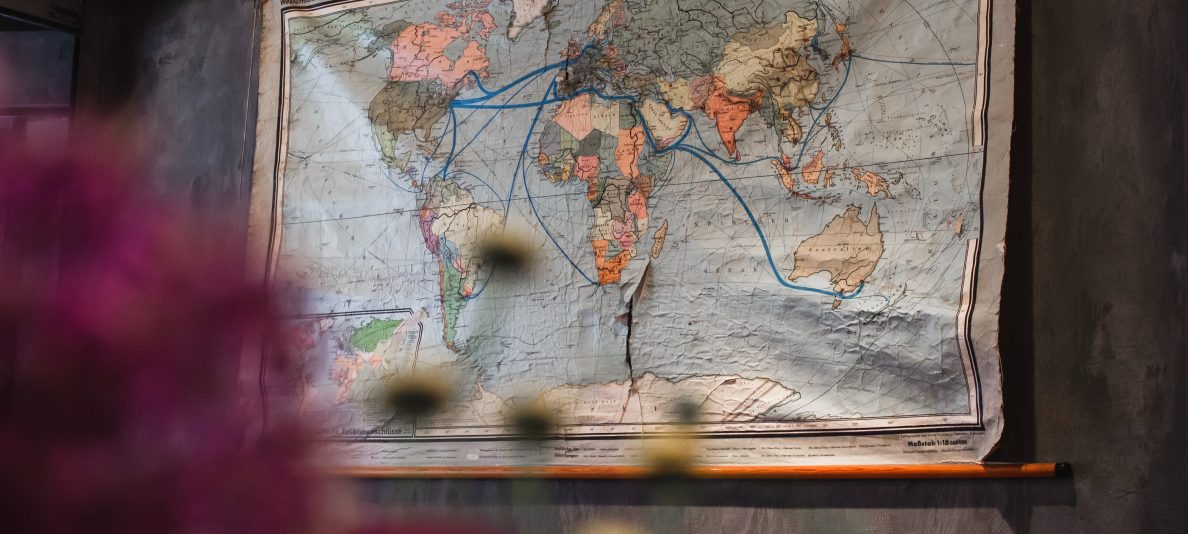
From a recent edition of the weekly web journal Brigada Today, I found out that there’s a photography conference, “Depth of Field,” coming up, February 7 and 8. It’s designed for pro photographers, but I’m thinking that means amateurs could learn even more from it. And it’s in New York, but the “Main Stage” and “Exposure Stage” presentations will be live streamed. (By the way, if you’re not familiar with Brigada, you might want to check it out. It’s a great place for receiving and sharing all things related to cross-cultural work.)
Why is a conference for photographers relevant to you, dear readers? Because I know some of you like to take photos, and some of you are rather good at it, too. And for those of you, I have a favor to ask. Could you help out us cross-cultural bloggers? It’s not easy finding good photos for the kind of topics that show up in our writing, and, frankly, it can end up adding a last level of stress before we hit the publish button. (Is it really what I’m looking for? Is it appropriate? Has it been used here before?!!)
Take, for instance, the picture at the top of this page. You may have noticed that it’s the same photo as the one I used for my post in July. Or you may just be thinking, “Ugh, another generic plane-wing-out-the-window shot.” Either way, it’s not ideal.
But that’s what we need, some “ideal” photos of, by, and for cross-cultural workers. You may already have your own ideas. If not, let me plant some seeds in the fertile field of your creativity. You’ll no doubt recognize some of these tried-and-true images, but I’m asking for an increase in quantity and quality: quantity, so that we don’t have to reuse the same photos again and again (see above), and quality, so that it doesn’t seem as if we’re using photos again and again (ditto). So when you read “more” below, think “more and better.”
Oh yeah, and free. Free, as in creative commons or public domain.
So more and better . . . and free.
For instance, there aren’t enough photos of world maps and globes. We need more photos of unique maps and globes, antique maps and globes, and maps and globes labeled in non-English languages.
We need more photos taken of . . .
You can read the rest of my post at A Life Overseas.
[photo: “Fight over Slovenia,” by (Mick Baker)rooster, used under a Creative Commons license]







